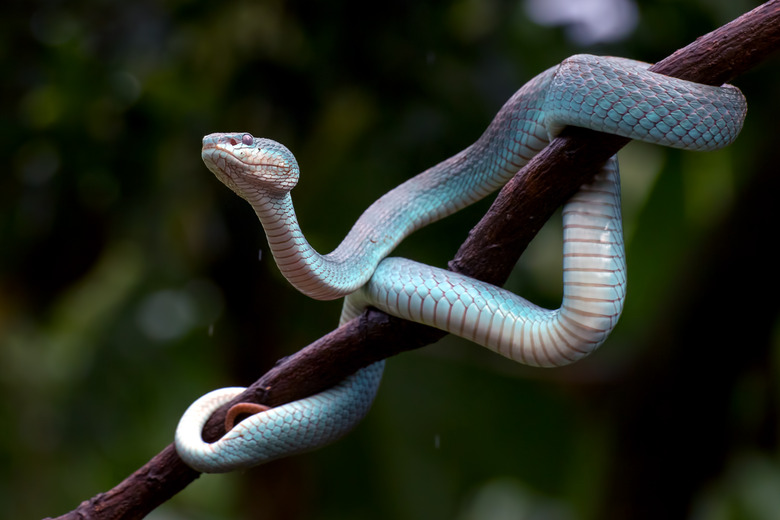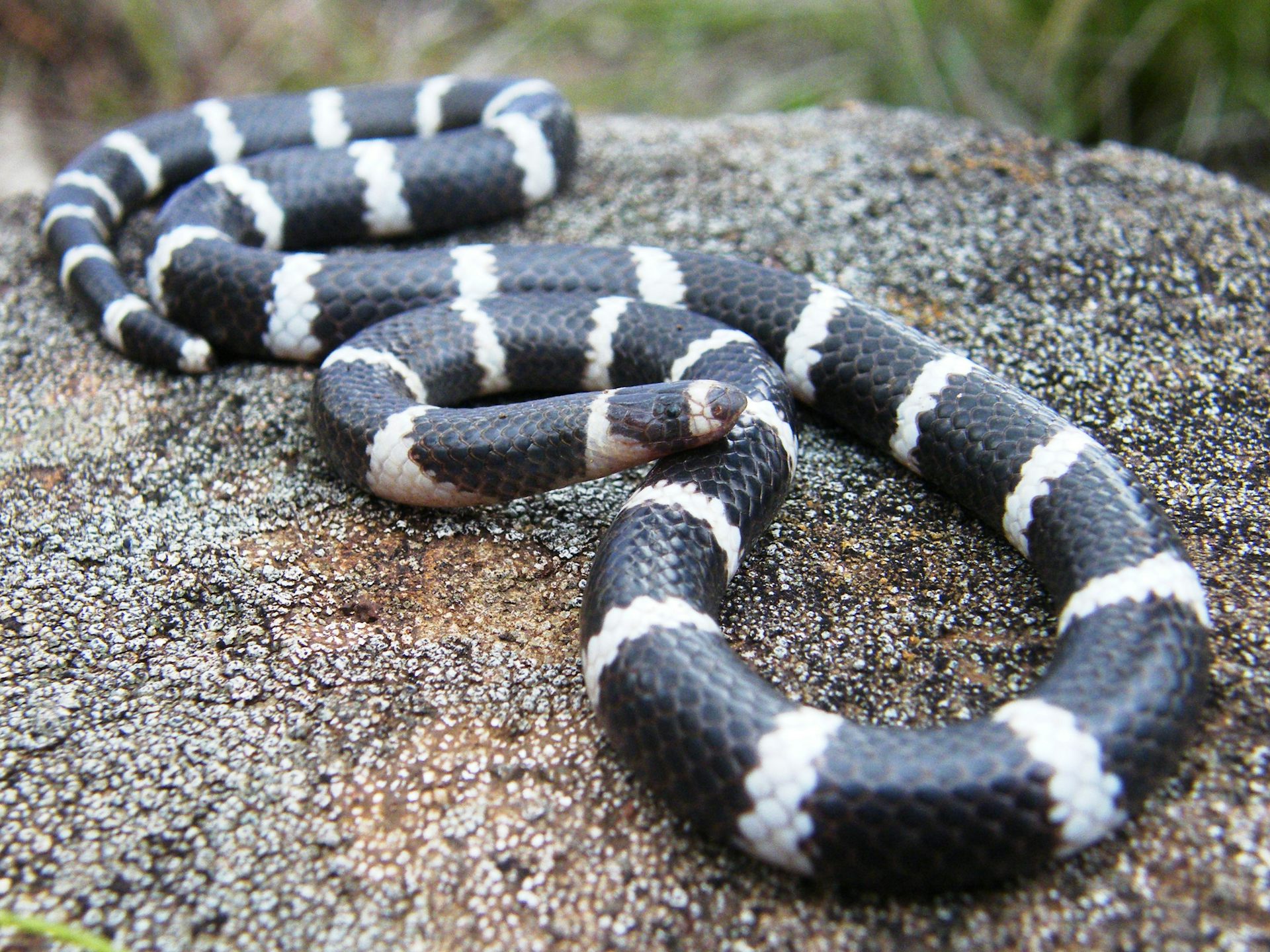Introduction

When it pertains to the fascinating globe of serpents, couple of species record the creative imagination rather like the child tiger serpent. Known for their distinct pigmentation and potent venom, these snakes are an essential component of Australia's special environment. In this detailed write-up, we will explore different aspects of baby tiger snakes, including their habits, habitat, and just how to safely interact with them. Whether you're a wild animals lover or just interested about these animals, recognizing child tiger serpents can assist cultivate a deeper appreciation for nature.
Baby Tiger Snakes: What You Required to Know About Their Actions and Habitat
What Are Infant Tiger Snakes?
Baby tiger snakes are juvenile types of the extremely poisonous types recognized clinically as Notechis scutatus These snakes are mainly found in seaside areas of Australia, specifically in Tasmania and southerly Victoria. As they expand, their pigmentation adjustments from a much more muted combination to the characteristic yellow and black bands that give them their name.
One noteworthy facet of child tiger snakes is their dimension; hatchlings bandy bandy snake typically gauge around 25-30 centimeters in size. Despite their small stature, they have an unusual quantity of poison that can be damaging to people if bitten.

Physical Characteristics
Tiger snakes have numerous vital physical attributes:
- Coloration: The distinct banding pattern commonly comes to be much more pronounced as they mature. Size: Adults can reach lengths of approximately 2 meters. Body Shape: They have a robust body that aids in swimming and terrestrial movement.
Where Do Infant Tiger Snakes Live? Comprehending Their Habitat
Understanding the environment preferences of baby tiger serpents is crucial for both preservation efforts and public safety and security. These serpents flourish in different environments:
- Wetlands: Marshes and swamps offer ample hunting grounds. Coastal Regions: Often located near beaches where they can hunt for prey. Woodlands: Thick plant life uses cover from predators.
Geographical Distribution
Tiger serpents are primarily found along Australia's southerly shoreline, consisting of:
- Tasmania: Home to among one of the most infamous populations. Victoria: Specifically in areas near water bodies.
Are Tiger Snakes Venomous? A Deep Dive into Their Venom
One usual inquiry emerges when discussing baby tiger serpents: "Are tiger serpents poisonous?" The answer is an unquestionable yes!
Venom Composition
The poison of tiger snakes consists of neurotoxins that can create paralysis, coagulopathy (blood clot problems), and potentially death if without treatment. Right here's what you need to understand:
- Effects on Humans: A bite from a tiger serpent can bring about signs like swelling, discomfort at the bite website, queasiness, and even respiratory failure.
Comparison with Various other Venomous Snakes
In comparison to various other Australian snakes such as the eastern brown snake or king brown snake, tiger snake poison is thought about amongst one of the most powerful. However, fatalities are uncommon as a result of enhanced clinical treatments and accessibility to antivenom.
Behavioral Patterns of Child Tiger Snakes
Understanding exactly how infant tiger snakes behave is essential for those who reside in or see locations where these reptiles are prevalent.
Nocturnal Habits
Most infant tiger snakes display nocturnal habits. They have a tendency to forage for food throughout cooler evening temperatures. This adaptability aids them prevent killers while enhancing their hunting efficiency.
Hunting Techniques
Their hunting strategies consist of:
- Ambush Predation: Waiting still up until prey comes close. Active Foraging: Actively relocating with greenery or along waterways looking for food.
First Help for Snake Bites: What You Need to Know
Despite being fascinating creatures, experiences with child tiger serpents can bring about dangerous scenarios if bites take place. Recognizing emergency treatment procedures can conserve lives.
Immediate Steps After a Bite
Remain calm; panic raises heart rate. Immobilize the influenced arm or leg making use of a splint or bandage. Seek immediate medical interest-- antivenom might be necessary.Creating a Snake Bite First Aid Kit
A well-prepared first aid kit must include:
|Product|Function|| ------------------------------|--------------------------------------|| Compression plaster|To immobilize the arm or leg|| Splint|Supports damaged bones or joints|| Antihistamines|Reduces allergic reactions|| Emergency situation get in touch with numbers|Quick access throughout emergency situations|
Common Myths Regarding Tiger Snakes Debunked
Many misconceptions border these interesting reptiles; let's clear up some misconceptions generally held by people.
Myth # 1: All Tiger Snakes Are Aggressive
While some individuals might display protective behaviors when threatened, not Homepage all tiger snakes display aggression in the direction of human beings unless provoked.
Myth # 2: Child Tiger Snakes Are Much Less Hazardous Than Adults
This myth could not be better from the truth! Baby tiger snakes contain almost as much poison as adults relative to their dimension; hence they present substantial risks if bitten.
FAQs Concerning Baby Tiger Snakes
What do infant tiger snakes eat?- They mainly eat tiny animals, birds, frogs, and fish.
- Look for slender bodies with pale banding patterns that come to be a lot more noticable as they mature.
- Yes! Birds of prey and bigger reptiles might target them.
- Typically every few weeks as they proliferate during their very early life stages.
- While some people do maintain them unlawfully without authorizations because of their unsafe nature; it's typically not advised given their venomous status.
- With timely medical therapy-- including antivenom-- the survival price is high!
Conclusion
In summary, recognizing child tiger serpents-- what they eat, where they live, exactly how they behave-- can furnish us with useful knowledge concerning these amazing yet hazardous animals. The value of education surrounding emergency treatment steps can not be overstated; knowing just how to react effectively after a bite can conserve lives while fostering regard for our slinking neighbors within Australia's rich biodiversity range.
By appreciating these serpents' functions within ecosystems-- and recognizing prospective dangers-- we promote coexistence rather than fear-based reactions toward each other's presence in nature's grand tapestry! Whether you're an avid hiker pondering your next adventure or simply curious regarding regional wild animals encounters near home-- this guide works as your blue-bellied black snake trusted recommendation factor on the enigmatic globe populated by our good friends-- the magnificent baby tiger snake!
